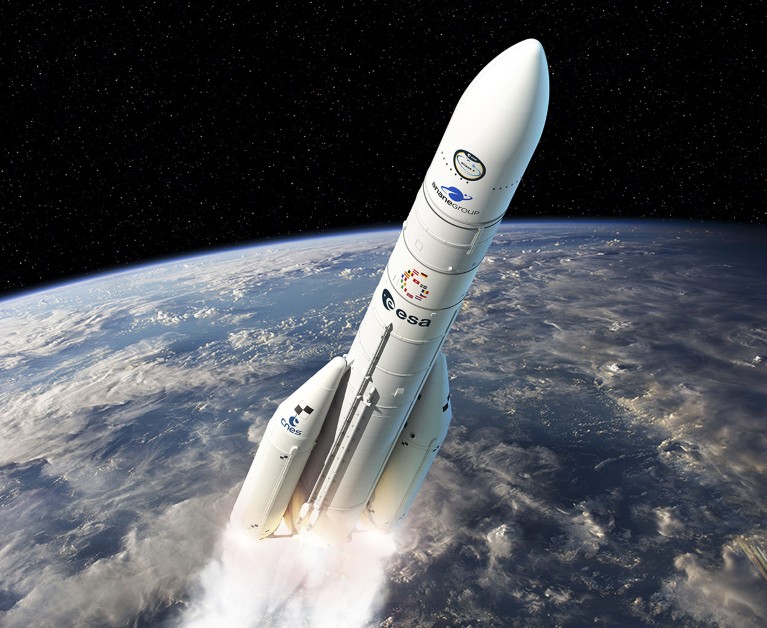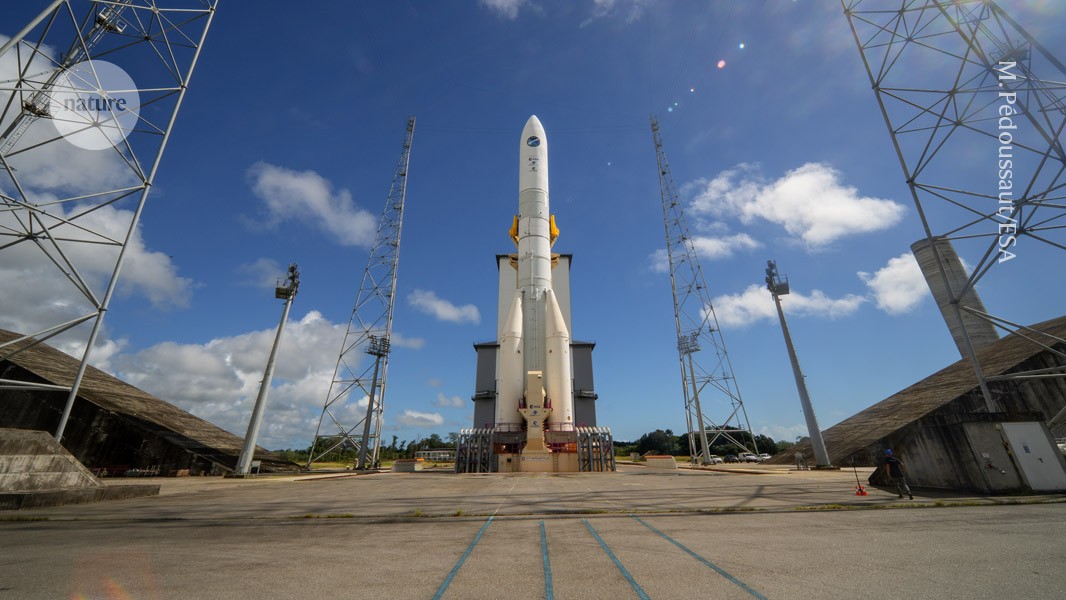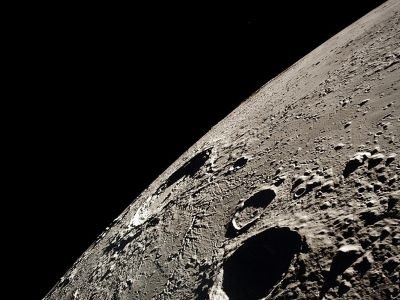Europe is poised to regain independent access to space next week, when the long-awaited Ariane 6 rocket performs its inaugural flight from Kourou, French Guiana. The heavy-lift launcher will provide the main route to space for the continent’s scientific missions — from Solar System exploration to climate science — and for strategic assets such as intelligence and navigation satellites.
SpaceX Starship: launch of biggest-ever rocket ends with explosion
“It is an important moment in European space history, and for the sovereignty of Europe,” said Carine Leveau, director of space transportation at the French space agency CNES, at a press briefing on 25 June. Years of delays in the development of Ariane 6 meant that the new European Space Agency (ESA) launcher was not available when its predecessor Ariane 5, which sent the James Webb Space Telecope (JWST) into orbit, was retired last year. In 2022, Europe broke off relations with Russia’s space agency Roscosmos, giving up its access to Soyuz launchers. Another calamity hit the continent the same year when ESA’s smaller Vega C rocket failed during its second launch. As a result, European missions have been forced to stay grounded, or hitch rides from commercial launchers such as SpaceX.
The hiatus made European policymakers and space executives nervous amid increasingly uncertain geopolitics. “You don’t want to depend on anybody, and that’s why all spacefaring nations want their own access to space,” said Lucia Linares, head of ESA’s space transportation strategy and institutional launches, at the briefing.
Heavy lifting
For four decades, Ariane 5 was the workhorse for European spacefaring organizations. Those included ESA itself and various national agencies and commercial companies, including European Union space programmes, such as the Galileo global positioning satellites.
In particular, Ariane 5 launched several groundbreaking science missions, including JWST in 2021, the comet explorer Rosetta in 2004 and the cosmology telescope Planck in 2009. Last year, one of the last Ariane 5 launches sent the ESA-led JUICE mission on its way to Jupiter’s moons.
Ariane 6 is classified as heavy-lift rocket, although it is much less powerful than ‘super heavy lift’ competitors such as the Space Launch System NASA inaugurated two years ago, or China’s Long March 10 — let alone the Starship system being developed by SpaceX, which will be the largest and most powerful rocket ever. In fact, Ariane 6’s capability in terms of the payload mass it can put into orbit will barely match that of its predecessor Ariane 5, at least in its current configuration.

Ariane 6 (artist’s impression) will fly major scientific missions into space, as well as intelligence and navigation satellites.Credit: D. Ducros/ESA
The aerospace company ArianeGroup near Paris, the main contractor for developing and producing the Ariane rockets for ESA, says that the priorities for Ariane 6 were to contain costs and simplify production with a streamlined supply chain. After an initial ramp-up, the rocket should eventually be able to launch about once a month, which is twice as often as Ariane 5 did, according to ArianeGroup’s head of civil programmes, Franck Huiban.
“We have developed Ariane 6 to serve European institutional missions. This is the core reason why the public sector is funding this launcher,” said Linares at the press briefing. But like its predecessor, Ariane 5, the launcher will also be available to commercial clients, “to help offset the costs”, she added.
Single-use rocket
Some observers question ESA’s choice to develop a rocket that is expendable, at a time when SpaceX and other space-transportation companies have demonstrated that reusable rockets can lower launch costs without sacrificing dependability. “This rocket is expensive and delayed — and not competitive compared to other alternatives,” says Laura Forczyk, executive director at the space consulting firm Astralytical in Atlanta, Georgia.
Space junk heading for Moon will add to 60+ years of lunar debris
But the rocket does improve on the design of Ariane 5. One important innovation is the engine of the second stage, called Vinci, which is designed to be switched on and off multiple times. This will enable the stage to ‘deorbit’ and re-enter Earth’s atmosphere after it has completed its tasks, rather than contribute to the growing problem of space debris, which is the case for many launch vehicles. “It’s very important to clean space” after a launch, says Caroline Aussilhou, an Ariane 6 launch system engineer working at the ESA on secondment from CNES. Aussilhou contributed to the early development of the Vinci engine, which was initially designed for other rockets. “My old colleagues and I have been waiting 25 years to see this engine fly,” she says.
On its first flight, the rocket will carry a number of small experiments built by private companies, research institutes and space agencies, including NASA.
Ariane 6 has already been booked for around 30 launches, including for commercial customers, and ESA’s Planetary Transits and Oscillations of Stars (PLATO) mission, expected to lift off in 2026. But on 28 June, the European organization EUMETSAT cancelled its contract to launch a weather satellite on Ariane 6 next year — announcing that it had hired SpaceX Falcon 9 instead. This is an ominous sign, Forczyk says. Ariane 6 could eventually gain customers’ trust the same way that Ariane 5 did, “but at this point, it doesn’t have that predictability”.


